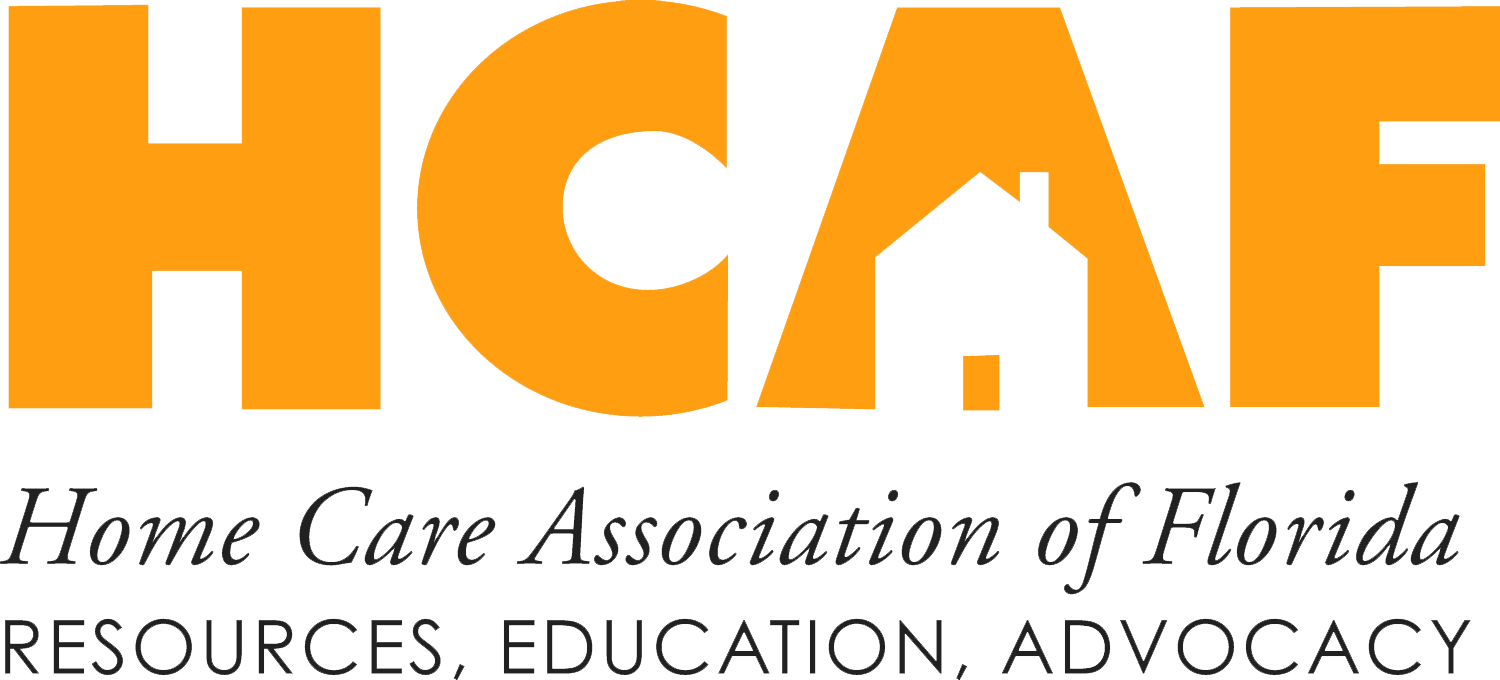OSHA Extends Deadline for Comments on Proposed Heat Injury and Illness Prevention Rule

OSHA Extends Deadline for Comments on Proposed Heat Injury and Illness Prevention Rule
On August 30, 2024, the Occupational Safety and Health Administration (OSHA) proposed a new rule to reduce heat-related injuries and illnesses in both outdoor and indoor work environments. This proposed regulation applies to various industries, including home health care, presenting both challenges and opportunities to enhance worker safety, particularly in high-temperature environments.
Key Elements of the Proposed Rule
If finalized, the new regulation will require employers to take several measures to prevent heat-related injuries in the workplace. This includes the creation of a Heat Injury and Illness Prevention Plan (HIIPP) and establishing clear protocols for both outdoor and indoor work environments. Below are some of the key components that will impact home health providers:
- Applicability: The rule applies to workplaces where heat hazards exist, including patient/client homes in home health settings.
- Heat Triggers: Preventive measures are activated at two heat index levels: 80°F (initial trigger) and 90°F (high heat trigger).
- Preventive Measures: Employers must provide cooling measures, such as air conditioning or increased ventilation, ensure regular rest breaks, and provide access to cool drinking water.
- Training: All employees and supervisors must be trained to recognize and address heat illness.
- Emergency Protocols: Employers must establish procedures to manage heat-related emergencies.
- Recordkeeping: Employers are required to document all heat-related incidents and prevention measures taken at the worksite.
Impacts on Home Health Providers
This proposed rule introduces several challenges for home health providers, who often work in environments controlled by their patients/clients. Key challenges include:
- Patient/Client-Controlled Environments: Home health providers often have limited control over the temperature within patient/client homes, which can make compliance difficult. In homes without proper ventilation or air conditioning, implementing OSHA’s required heat prevention measures can be a logistical and financial burden.
- Costs: Providing portable cooling devices or adjusting working conditions to meet the rule’s standards may raise costs for agencies, particularly small and rural providers. Employers will also need to ensure workers take adequate rest breaks, which may require additional staffing coverage.
- Patient/Client Safety vs. Worker Safety: Some patients/clients, particularly the elderly or those with chronic conditions, may prefer warmer environments, creating a potential conflict between maintaining worker safety and meeting patient/client preferences.
Operational Adjustments
Home health providers may need to make several operational adjustments to comply with the proposed OSHA rule, including:
- Risk Assessments: Providers must assess heat risks for caregivers working in patients/clients’ homes and outdoor environments. Homes without air conditioning will require additional cooling measures.
- Shift Coverage: Compliance with mandated rest breaks may require additional staff to ensure that patients/clients receive continuous care, further increasing the operational burden on agencies.
Challenges for Smaller Providers
Smaller and rural home health agencies, in particular, may face additional difficulties in complying with these new rules. The costs of purchasing cooling equipment, providing hydration breaks, and meeting rest break requirements can disproportionately affect smaller agencies with limited resources. Rural providers, who already face challenges with recruitment and retention, will need to budget carefully to ensure compliance without compromising the quality of care delivered to patients/clients.
While the proposed OSHA rule on heat injury and illness prevention seeks to improve worker safety, it introduces significant challenges for home health providers. From operational adjustments to the financial burden of compliance, home health agencies must prepare to navigate the complexities of this new rule. Therefore, it is crucial for providers to engage with the regulatory process by submitting comments to OSHA by the January 14, 2025, deadline. For instructions on submitting comments and additional information about the proposed rule, please click here.
HCAF plans to submit comments on behalf of our members and encourages member feedback to be included in our submission. Please send your input to Kyle Simon, Senior Director of Policy, Advocacy & Communications, at ksimon@homecarefla.org and stay tuned for further updates as the rulemaking process progresses.
